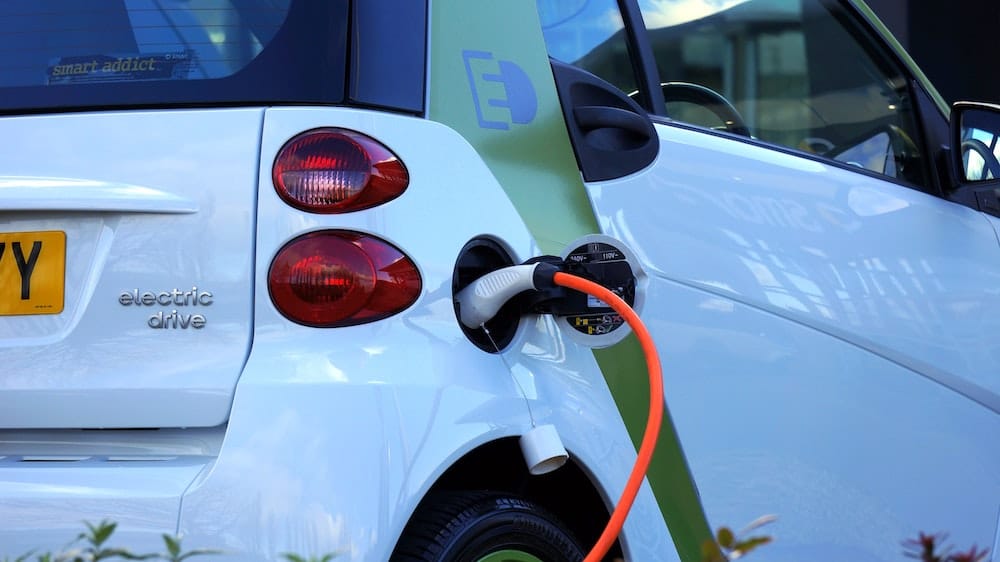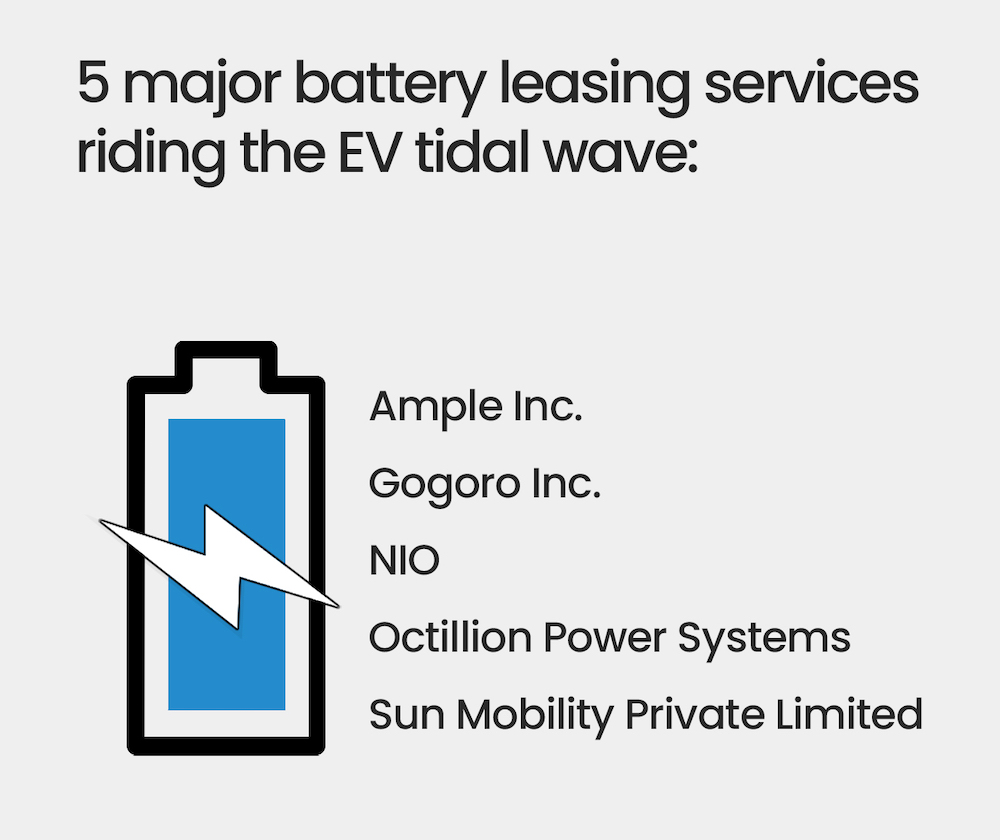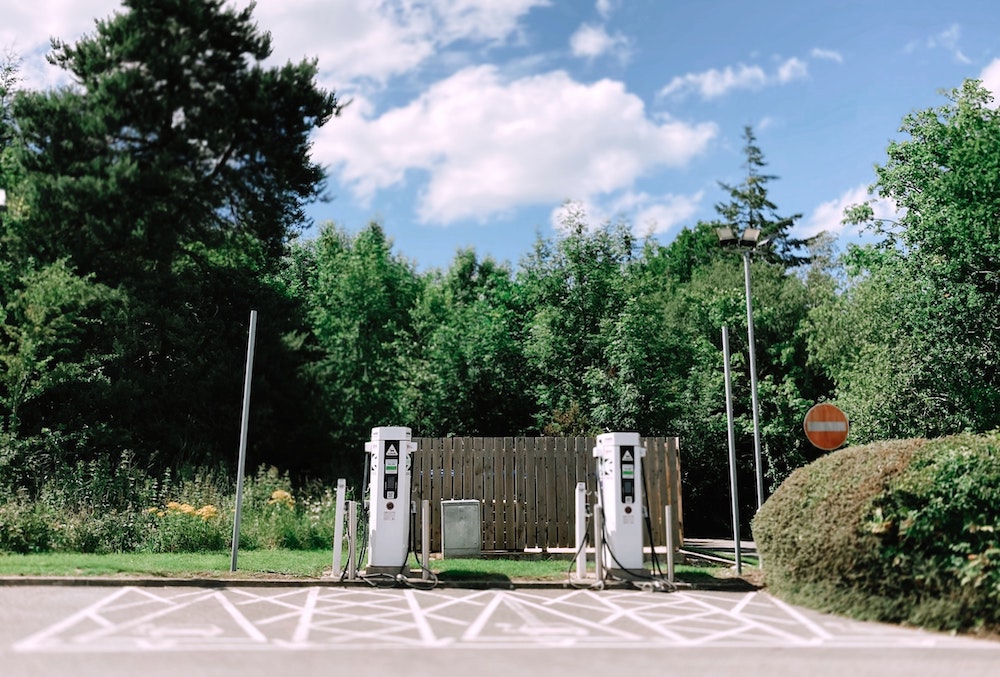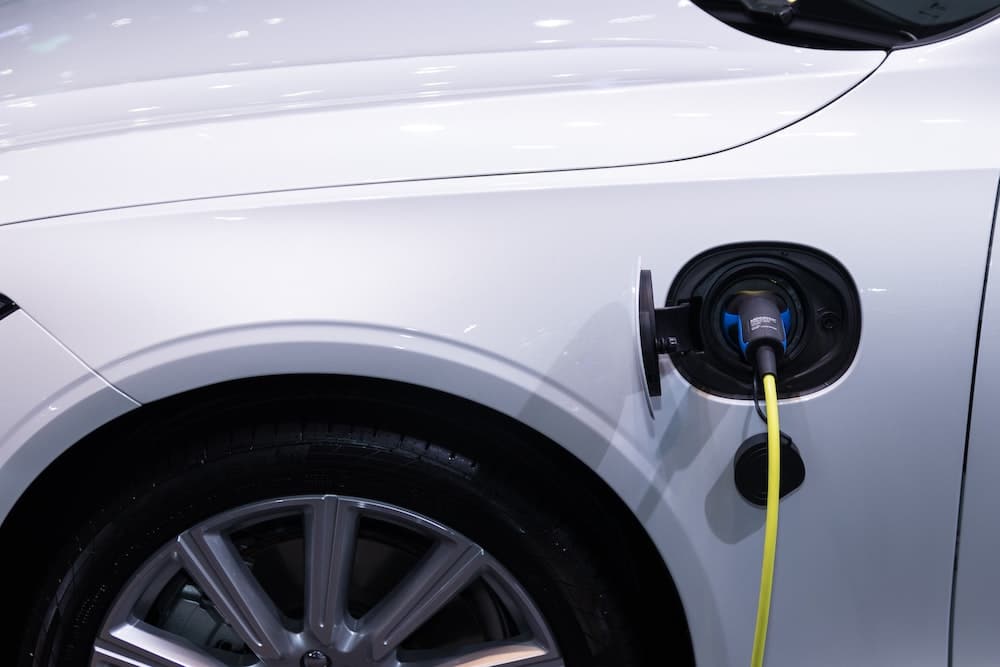If you’re considering transitioning to an electric vehicle (EV) for fleet operations, cost is likely a top concern. While EVs offer benefits like reduced emissions, lower maintenance costs, and increased mileage efficiency, the upfront expense can be daunting. However, there are ways to make the EV transition cheaper and more manageable. In this article, you’ll find valuable tips like how you can save 30% off the sale price of an EV, gain discounted charging fees, and more.
Let’s dive in.
Once manufacturers can navigate the lack of materials and tackle the battery limitations, fleet managers and consumers are sure to see the upfront cost drop. Besides battery innovation, there are other solutions to lowering EV costs.

Many governments offer incentives and tax breaks for individuals and businesses that purchase EVs. These can include rebates, credits, and exemptions, which can lower the upfront cost of an EV.
While government incentives vary widely by country and region, many around the world are strongly encouraging the adoption of EVs. Here are some examples of vehicle purchase, infrastructure, and parking incentives:
Be sure to look into your local, state, and federal offerings and take full advantage. Here’s a great starting point for federal incentives.

Some EV manufacturers and third-party companies offer battery leasing options (like these five from GMI), which can lower the upfront cost of an EV by separating the cost of the battery from the cost of the vehicle.
The lease typically includes a monthly fee based on the expected usage of the battery, and the battery may be subject to a warranty and maintenance program.
One benefit of a battery leasing program for fleet managers is the ability to upgrade the battery as technology improves, without having to replace the entire vehicle. This can help to extend the useful life of the EV and potentially reduce long-term costs.
However, battery leasing programs may also have some drawbacks.
This could include the ongoing cost of the monthly lease payments or potential restrictions on usage, such as limits on the number of miles driven or charging cycles. The specific terms of a battery leasing program can vary depending on the provider and the country or region.
However, there’s not currently much data available as to how long-term of an option this could be.

As the demand for EVs increases, manufacturers may offer volume discounts to fleet managers and other large buyers, which can lower the upfront cost of EVs.
Similar to other possible solutions for lowering EV costs, this could vary widely depending on a number of factors. This can include which automaker you buy from, the specific model of the EV, or the country or region you are in.
In general, fleet managers may be eligible for volume discounts when purchasing multiple EVs from a single automaker. This could include:
For example, Nissan and La Ciudad del Taxi have announced the world’s largest 100% electric taxi fleet deal that is dedicated to providing zero-emissions taxi services in Madrid, Spain.
In addition to zero-emission benefits, Nissan EVs offer running costs up to four times cheaper compared to a conventional ICE vehicle and up to 40% savings in maintenance costs over an ICE.
Overall, volume discounts for EV fleet managers can help offset the upfront costs of transitioning to an EV fleet and make it more financially feasible on the outset for businesses to go green without straining their budget.

While the second-hand market of EVs is smaller compared to that of gas-powered vehicles, it will become more prevalent as EVs become more accessible.
According to Recurrent’s quarterly report, the used EV market in the US has tripled over the last 18 months, and the number of used EVs that qualify for a tax credit is up 30%.
According to the IRS, beginning in January 2023, purchasing a used electric vehicle or fuel cell vehicle for $25,000 or less can make you eligible for a used clean vehicle tax credit. This equals 30% percent of the sale price up to a maximum credit of $4,000.
Buying a second-hand EV can be more affordable but also more sustainable as well since you pay less for maintenance and parts. As EV tech and batteries improve, buying a second-hand EV will become just as accessible as used ICEs.

Reducing the total cost of ownership for your EV fleet starts with installing your own chargers.
There are no bones about it. The upfront costs for these installations are steep and vary widely. The installation costs largely depend on your business’s current electrical setup, the number of chargers you’ll need, and the required charger types.
Expect Level 2 chargers to cost between $1,200-6,000, and Level 3 chargers to cost between $30,000-80,000.
Remember though, this will not be your final cost if you’re taking advantage of rebates, grants, and tax incentives.
In the long run, fleet electrification proves significantly cheaper than purchasing gas and ICE maintenance. And when you’re not paying premium prices to use other’s charging stations, you save even more.
One way to reduce upfront costs is to take advantage of government incentives and grants for EV purchases or charging infrastructure installation. Another way is to explore leasing or financing options that offer lower interest rates or longer payment terms.
EVs typically have a lower maintenance cost than gasoline-powered vehicles because they have fewer moving parts and don’t require oil changes. However, you can further reduce costs by performing regular maintenance tasks such as tire rotations, brake checks, and battery inspections. You can also consider investing in predictive maintenance technologies that use data and analytics to optimize maintenance schedules and reduce downtime.
One way to reduce charging costs is to take advantage of off-peak electricity rates or negotiate with utilities for lower rates. You can also explore alternative energy charging options such as solar panels or stationary battery storage, which can provide cost savings and resilience benefits.
Yes, you can explore ways to optimize routes and reduce idling time to improve operational efficiency and reduce fuel costs. Additionally, you can consider deploying telematics and fleet management technologies to improve vehicle utilization, reduce maintenance expenses, and increase driver productivity.
Psssst… Want to see how our fleet management tools can help you run your EV fleet effectively?
Grab a free demo.
Do it.
Do it now.
Right down here. ⬇️

Recent Posts
Categories
Stay in Touch
Ready to make fleet management more manageable?